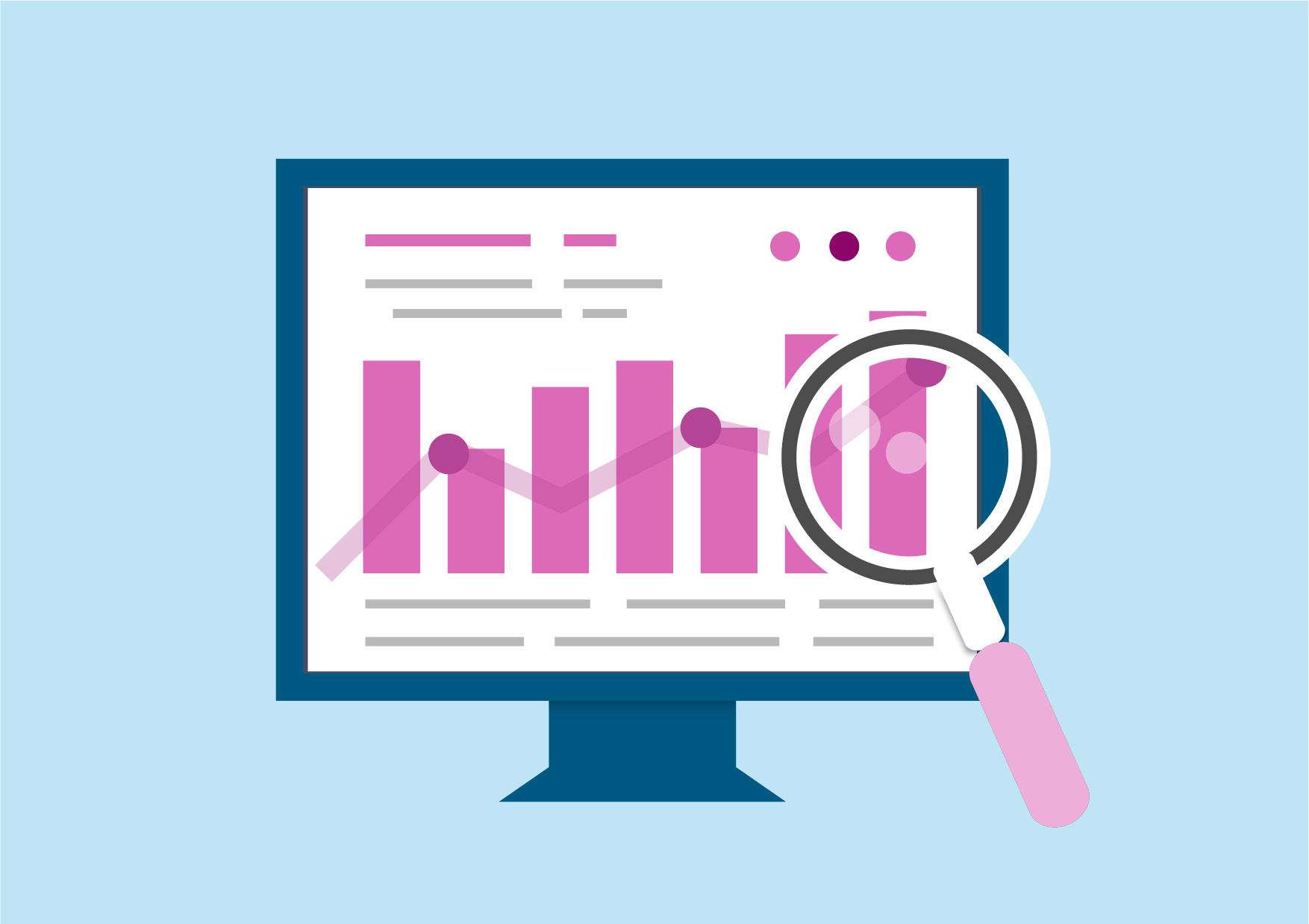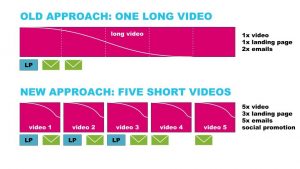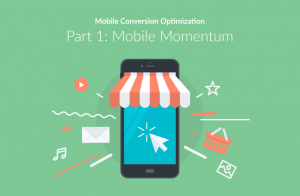
As a marketer, do you ever wish you could predict the future? If you could just figure out which shoppers were more likely to buy something in the next month, for example, you would know which of them to target with ads. If you could just identify which customers were likely to churn in the near future, you would know which customers to give more attention to.
While it sounds fantastical, it’s not just a dream. It’s a reality with predictive modeling.
Using predictive modeling, you can leverage machine learning to predict a future event based on an understanding of past events. Let me explain more about using predictive modeling for marketing in this blog post.
How Does Predictive Modeling Work?
When a predictive model has access to mass volumes of data inputs, including the real outcomes of situations similar to the ones you’re hoping to predict, it will identify patterns and predict what will happen when it is given new inputs.
For example, let’s assume you wanted to predict which of your subscription customers are likely to churn. To do this, you would need to give your model an understanding of which customers have churned in the past, as well as all of the data you have available on those customers. This includes data such as their firmographic or demographic details, their plan level, their login behavior and how they interacted with your service, how they engaged with your emails over time, and much more.
The model can take in all of this information to identify patterns in churned customers vs. retained customers. Then, you can feed it data on all of your existing customers so that it can predict which current customers are most likely to churn.
Thus, the model takes all it learns about past situations to predict what will happen in future situations.
What Can You Predict?
You can predict just about anything you think would be valuable for your business, provided you have enough relevant data to train the model. Some of the main predictions that businesses may find helpful include a person’s:
- Likelihood to purchase
- Likelihood to request a demo or complete an application
- Likelihood to churn (in a subscription-based business)
- Likelihood to purchase again (in a retail business)
- Likelihood to open or click through from an email
- Likelihood to unsubscribe from an email list
- Value to your business within a certain timeframe
- Total predicted lifetime value
- Predicted response to any given promotion or campaign
- Likelihood to qualify for any of your segments
Some of these are even more valuable when predicted in real time. For example, if you want to know which promotion will appeal to each individual website visitor, you can use a model to predict how each person will respond to each promotion — and then display that promotion in that moment!
Or, if you want to know if you should offer a small discount to encourage an engaged shopper to convert, you can use a model to predict whether he is likely to convert in this visit. If there is a high likelihood he will convert, you don’t need to lose revenue by offering a discount (as he is to likely buy without one).
Other predictions are less important to act on in real time, but can make a big impact on your business. When you can predict which of your customers are likely to churn, you can run marketing campaigns designed to incentivize them to stay or work to resolve any issues immediately. When you can predict which of your past retail shoppers are unlikely to return and purchase again, you can send more targeted emails to them to encourage them to come back.
Using Data in Predictive Modeling
The applications of machine learning-driven predictive modeling are endless, yet it’s important to note that these models can only be effective if they have access to a lot of accurate data. When I say “a lot” of data, I mean data from many different individuals (breadth), as well as many different data points for each individual (depth).
Without a breadth of data, the model will not have enough situations to learn from. And without a depth of data, the model will be missing big sections of the picture.
For example, if you want to predict an individual’s lifetime value — but you’re only training your predictive models with website data — the prediction will understandably be less accurate than it would be if you trained the models with data from in-store, mobile, call centers, emails, etc. In another example, if the model doesn’t know that a customer has just called your company with a complaint, it will be missing a key churn indicator.
In other words, predictive models can be most accurate when they have access to a well-populated customer data platform. And a data science workbench is also important for building and adapting different models.
Final Thoughts
Much of the work marketers do is aimed at understanding and responding to their customers’ current needs and preferences. This remains important, but there are occasions when it’s helpful to use predictive modeling to uncover the future state of your customers to help you make better marketing decisions in the present. For those situations, predictive modeling can be an invaluable asset.
Business & Finance Articles on Business 2 Community
(72)







